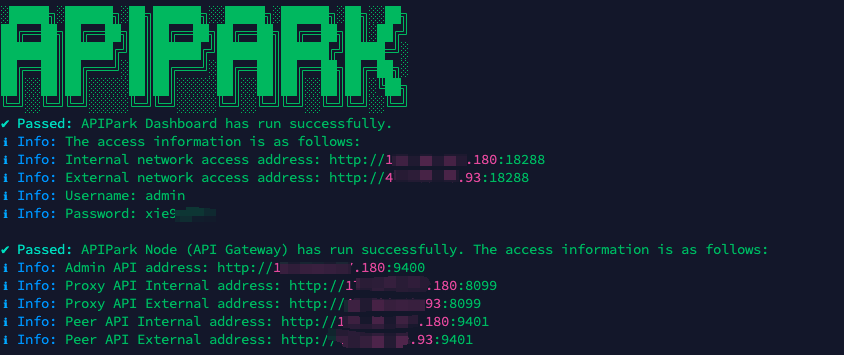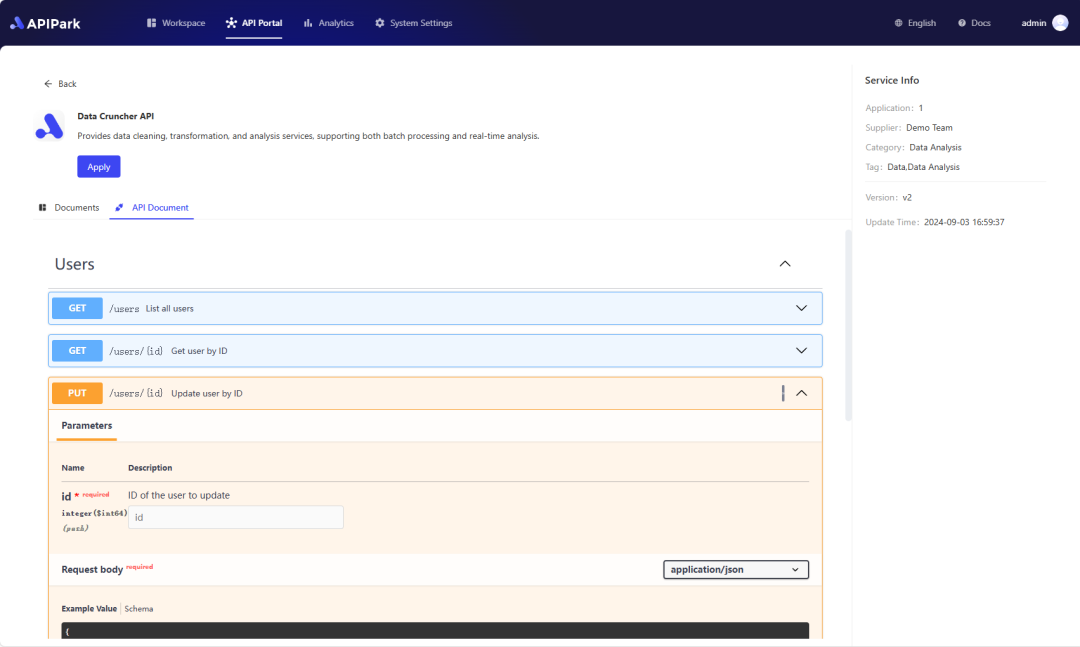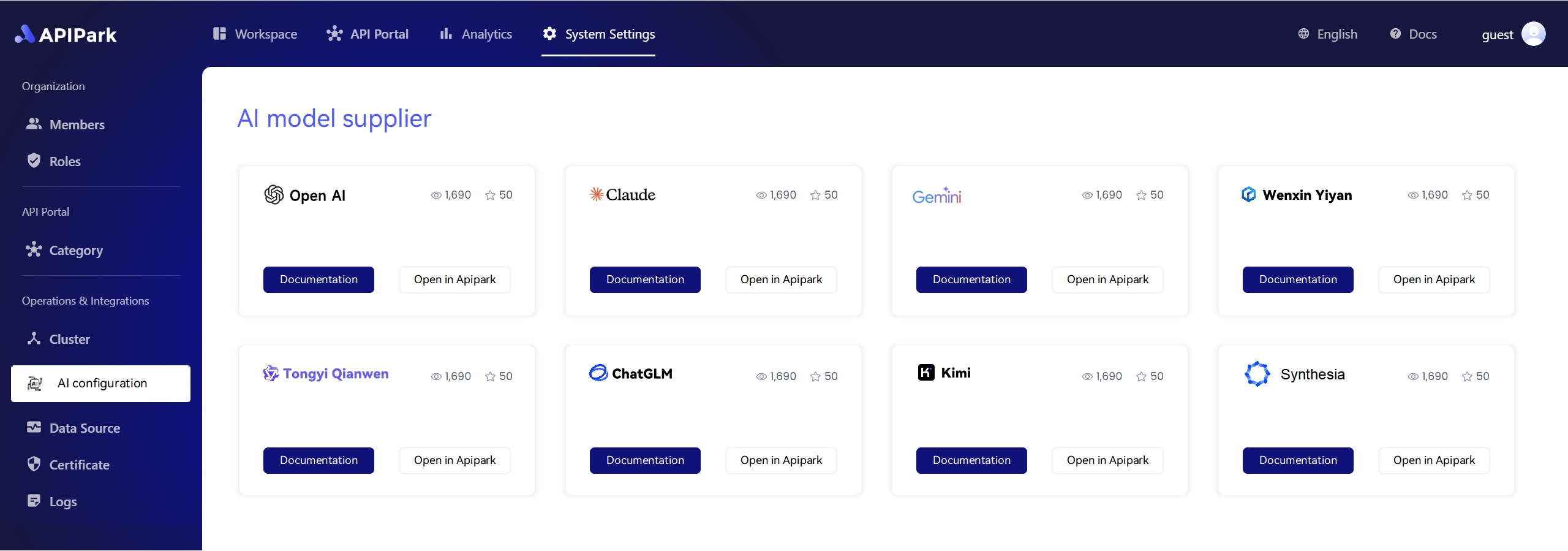When working with APIs, encountering errors is an inevitable part of life as a developer. One of the most common errors you may come across is the 400 Bad Request error, specifically the variant that states “Request Header or Cookie Too Large.” This issue can be particularly frustrating as it often halts the progress of your application. In this article, we will delve into the causes of this error and propose effective solutions, while also exploring the importance of API security, management, and monitoring with tools like Truefoundry and practices such as API Governance and API Exception Alerts to ensure seamless interaction with your APIs.
What is a 400 Bad Request Error?
The HTTP status code 400 Bad Request indicates that the server cannot process the request due to a client-side error. The specific message “Request Header or Cookie Too Large” suggests that the server is unable to handle the size of the request headers or cookies accompanying the request. This might occur due to several reasons, including oversized cookies, malformed requests, or headers that exceed the server’s configured limits.
Common Causes of “Request Header or Cookie Too Large”
Understanding the factors contributing to this error is essential for troubleshooting and mitigation. Here are several common causes:
-
Excessive Cookie Size: Browsers and servers enforce limitations on the size of cookies that can be sent with requests. If an application uses cookies to store extensive data (such as user preferences), the size can easily exceed the limit.
-
Long Request Headers: Similar to cookies, request headers have size limitations. If applications send headers that are unreasonably long, they could trigger the 400 Bad Request response.
-
Misconfigured Server Limits: The web server configuration may impose strict limits on request sizes. If the application’s requirements exceed these limits, requests can be rejected.
-
Accumulated Cookies: Over time, multiple requests can lead to a buildup of cookies which can exceed the size limit.
-
Incorrectly Implemented API Calls: Using incorrect methods or sending invalid data can also lead to malformed requests.
API Security Concerns
Before diving into solutions, it’s important to note that understanding the intricacies of API security is vital when dealing with requests and responses. API security ensures that only authenticated users and valid requests reach the server. Tools like Truefoundry empower developers to create secure API interactions and manage them effectively.
Solutions for Fixing the 400 Bad Request Error
Now that we’ve covered the causes, let’s explore effective solutions to tackle the 400 Bad Request: Request Header or Cookie Too Large issue.
1. Inspect and Clear Cookies
If the error stems from an accumulated cookie size:
- Inspect Cookies: Use tools like browser developer tools to view set cookies. Identify if any cookies are excessively large.
- Clear Cookies: For web applications, instruct users to clear their cookies, or implement strategies to handle cookies more efficiently.
Example Table: Cookie Size Limits
| Browser | Cookie Limit (per cookie) | Total Cookies per Domain |
|---|---|---|
| Chrome | 4 KB | 180 |
| Firefox | 4 KB | 150 |
| Safari | 4 KB | 50 |
| Edge | 4 KB | 50 |
2. Adjust Server Configuration
You might need to adjust server settings regarding maximum header sizes. For example:
- NGINX: Modify the following directives in the configuration file:
http {
...
large_client_header_buffers 4 16k; # Allows larger headers
...
}
- Apache: Use the
LimitRequestFieldSizedirective:
<Directory "/var/www/html">
LimitRequestFieldSize 16384
</Directory>
3. Reduce Header Size
Optimize the headers sent with your requests. Only include necessary information and consider removing any redundant or excessive data.
4. APIs with Rate Limiting and Quotas
Implement API Governance to monitor and manage requests systematically. Set limits on how many cookies or headers can be sent to avoid this issue in the future. Additionally, incorporate API Exception Alerts to notify you when such errors occur, making it easier to respond swiftly.
5. Testing and Debugging
Conduct tests to validate if the error persists. Utilize HTTP clients like Postman to observe the headers and cookies your application sends. This can help in fine-tuning requests to avoid unnecessary sizes.
Importance of API Governance
Effective API Governance is essential in preventing errors related to requests. Governance ensures that APIs adhere to standards, are monitored regularly, and are clear of unneeded complications. By implementing governance frameworks, companies can better manage their API lifecycle, leading to fewer errors like the dreaded 400 Bad Request.
Implementing Truefoundry for API Management
Truefoundry is an effective tool to help manage, monitor, and secure APIs, providing functionalities such as API gateways, observability, and performance metrics. Here’s a brief guide to set up Truefoundry for your APIs:
- Setup Truefoundry: Deploy Truefoundry into your development environment.
- Integrate APIs: Connect your APIs with Truefoundry to start monitoring queries.
- Monitor for Errors: Establish alerts for exceptions and requests, allowing for immediate action when errors occur.
Using Debugging Tools
Proper error handling and debugging tools are crucial when developing APIs. Utilizing tools such as:
- Postman: For crafting requests and reviewing headers.
- Fiddler: To inspect and debug HTTP requests and responses.
- Browser Developer Tools: To view cookie information and requests in real-time.
Integrating these tools into your development pipeline can substantially reduce the rate of errors.
Conclusion
In summary, encountering a 400 Bad Request: Request Header or Cookie Too Large can be a troublesome setback in API development. However, by understanding its causes and implementing strategic solutions, developers can mitigate the impacts of this issue. Emphasizing API Security, active API Governance, and leverage monitoring tools like Truefoundry ensures that you not only address current issues but also protect against future pitfalls. By maintaining a clean request architecture and monitoring your systems, you can navigate the complexities of API interactions more fluently.
APIPark is a high-performance AI gateway that allows you to securely access the most comprehensive LLM APIs globally on the APIPark platform, including OpenAI, Anthropic, Mistral, Llama2, Google Gemini, and more.Try APIPark now! 👇👇👇
Sample API Call
To show you how an API call can be made while considering header size, here’s a simple example in curl:
curl --location 'http://example.com/api/data' \
--header 'Content-Type: application/json' \
--header 'Authorization: Bearer {your_token}' \
--data '{
"query": "What is the impact of large headers?",
"user": {
"username": "test_user",
"preferences": {
"theme": "dark",
"notifications": true
}
}
}'
In this example, adjusting the body to remove unnecessary user preferences can help keep the header size in check.
By following the strategies and insights outlined above, you can effectively mitigate the risks of encountering a 400 Bad Request error, enhance the efficiency of your API, and elevate overall application performance.
🚀You can securely and efficiently call the gemni API on APIPark in just two steps:
Step 1: Deploy the APIPark AI gateway in 5 minutes.
APIPark is developed based on Golang, offering strong product performance and low development and maintenance costs. You can deploy APIPark with a single command line.
curl -sSO https://download.apipark.com/install/quick-start.sh; bash quick-start.sh

In my experience, you can see the successful deployment interface within 5 to 10 minutes. Then, you can log in to APIPark using your account.

Step 2: Call the gemni API.
